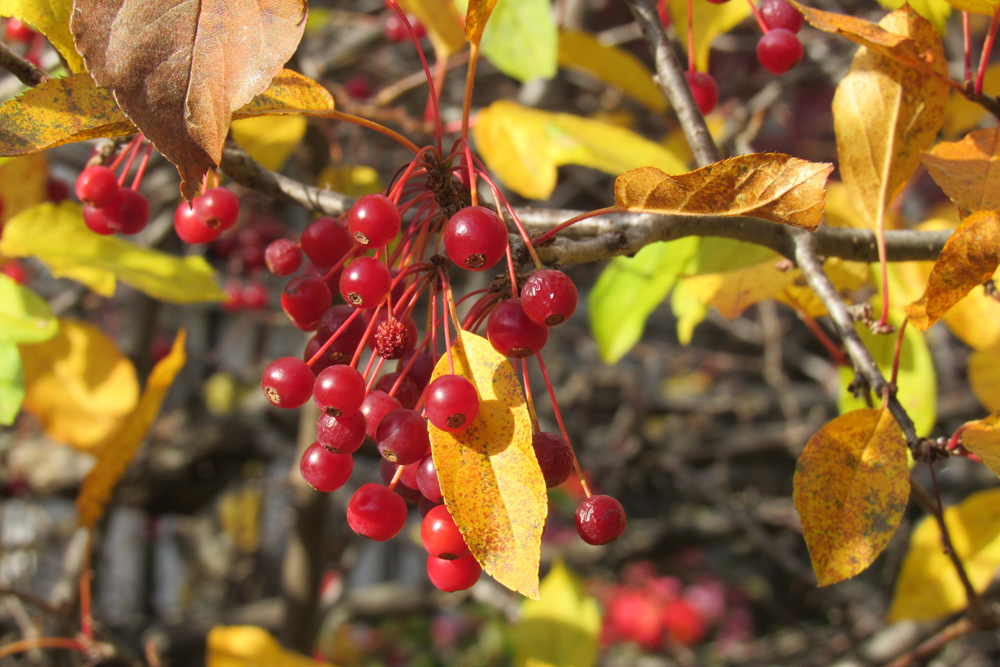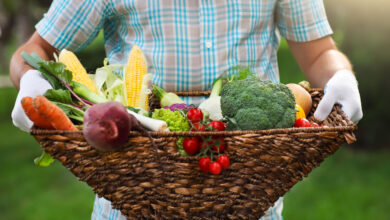Farm products – butter, eggs, fruit – help pay the mortgage
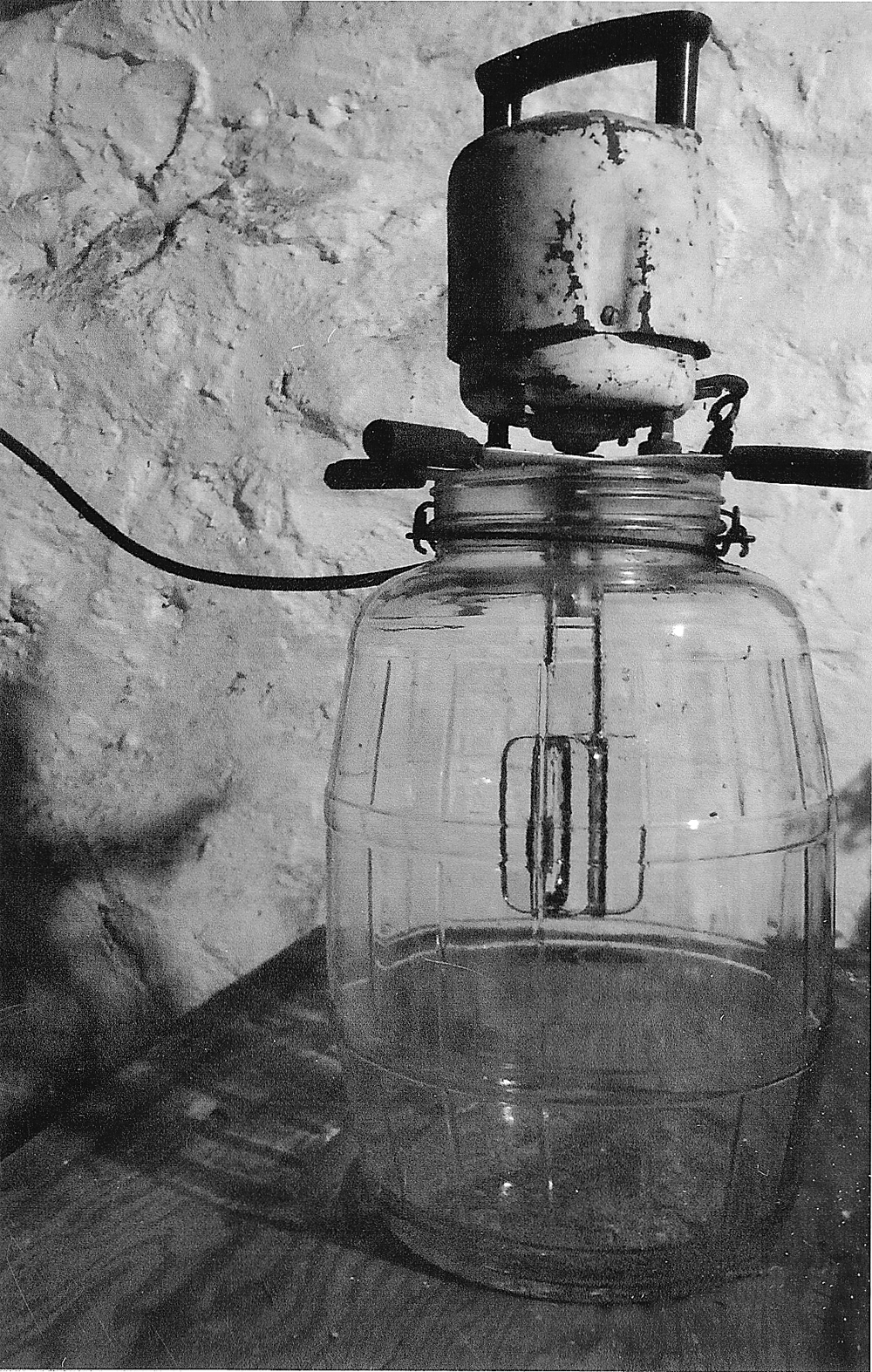
Determined to keep their farm and pay off the mortgage as soon as possible, Joe and Anna produced a variety of products to sell. Tomatoes (SN article September 19, 2013) were just one of the them. Carrots, potatoes, strawberries, gooseberries (green and red), currants (red, white and black) were the other fruits and vegetables. In addition, eggs, butter, fresh dressed chickens, ducks and geese were available seasonally or on order. Each of them could be a story, but some are more interesting than others. Butter would be a good one to start with.
Since the cows we had produced more milk than needed for our household, they decided to make extra butter. The process was to fill some gallon or larger glass jugs with the fresh milk and allow it to set still until the cream rose to the top. When that happened Anna would skim off the cream with a ladle and put it all into one jug, leaving behind the “skim or skimmed” milk. When several jugs were full of cream it would be dumped into the butter churn. The first one I remember was a wooden barrel with a leak proof top that could be fastened to it. It had a shaft protruding from each side and a handle for cranking it was attached to one. The device was placed in a wooden frame and cranked slowly, creating an action that, done long enough, caused the butter to form.
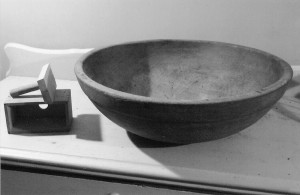
Turning the crank was children’s work and each had to do their turn. If you were lucky, the butter formed just before your turn, but then you might have the job of dumping the contents into a large wooden bowl and washing the barrel to ready it for the next time.
Anna took over from there, kneading and working the butter in the bowl to get all the skim milk out of it and shaped the butter into one pound ovals. Sometimes, in hot weather, ice had to be added to avoid the butter getting too soft to be workable. Depending on the customer’s desires, some of the butter balls were salted others were left “sweet.” At some point we found a wooden form that would shape the butter into rectangular forms like the “store bought” butter. After a few efforts, Anna gave up on it, preferring to use her very experienced hands with which she could come very close to creating a pound on her first effort. Besides, that box was “just another thing that had to be washed and stored.” The butter balls were wrapped in waxed paper and refrigerated until sold for a dollar each.
Eventually the barrel churn gave way to an electric churn which wasn’t any faster but was easier to operate. Sadly the old barrel type churn was thrown into the farm dump. Five or six years later they started to become collectors items. We found it but part of it had already rotted away and was of no value as an antique.
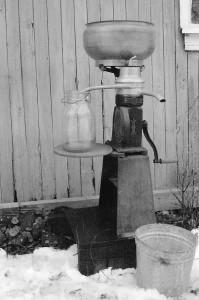
Then it was decided that a commercial milk separator was justified. We got excited about anything new and labor saving. However, while the separator saved Anna the labor of ladling the cream off the jugs, we soon realized it increased the kid’s work since we had to crank it daily to separate that day’s milk. Then it had to be rinsed with hot water and after four or five days the 30 plus parts had to be totally disassembled, washed, dried and reassembled.
It was really great to have cream available all the time. There’s not much that tastes better than fresh picked berries with a little sugar and a ladle of cream poured over them. Occasionally, a customer would ask for a quart of buttermilk but most of the skim milk and buttermilk were mixed with ground up grains and that was fed to the pigs, resulting in some mighty fine pork meat eventually.
Life then wasn’t easy but it was interesting and the food was the best.



